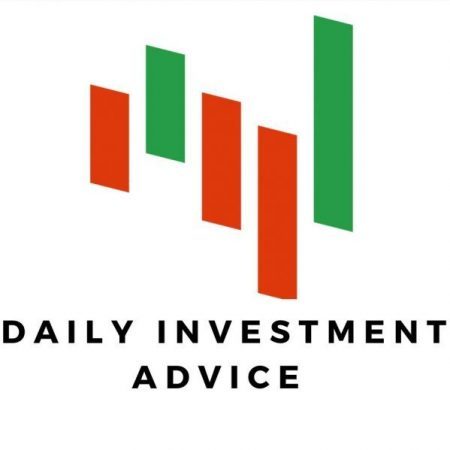Retirement Accounts Overview
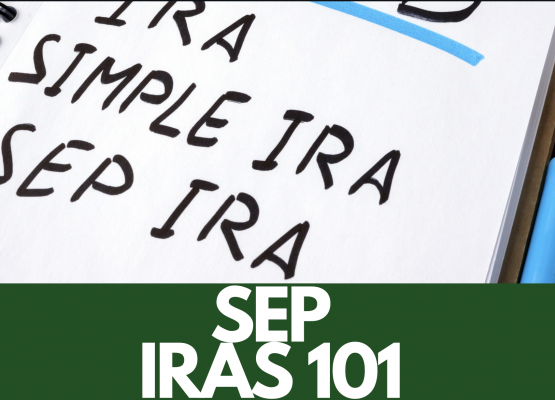
SEP IRAs: Your Guide to Simplified Employee Pensions in 2024
In the ever-evolving landscape of retirement planning, Simplified Employee Pension (SEP) IRAs continue to be a powerful tool for self-employed individuals and small business owners. As we navigate through 2024, understanding the latest IRS guidelines and contribution limitations is crucial for maximizing your retirement savings through a SEP IRA. This comprehensive guide will dive into […]
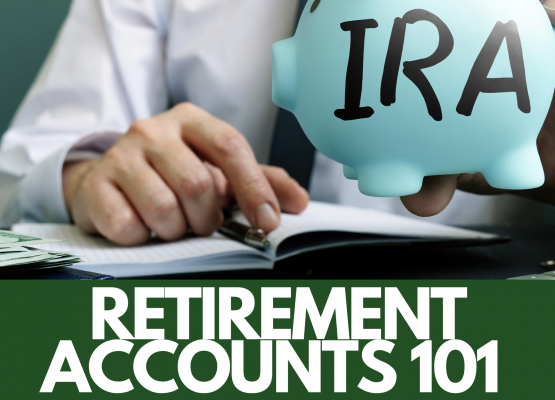
Decoding the Best Retirement Accounts: Which One Is Right for You?
When it comes to planning for retirement, an important decision you will make includes choosing the right retirement accounts. With several options available, it can feel overwhelming to decipher which one is best suited for your financial situation and retirement goals. Whether you’re just starting your career or eyeing the retirement horizon, understanding the nuances […]

401(k) Investing for Beginners – How to Become a 401(k) Millionaire
Embarking on the journey of 401(k) investing can be a cornerstone for building a robust retirement savings plan. This article will discuss the process, benefits & strategies for optimizing your 401(k) investing, incorporating the latest information for the 2024 contribution limits. Getting Started with a 401(k) To partake in 401(k) savings plan, you’ll need to […]
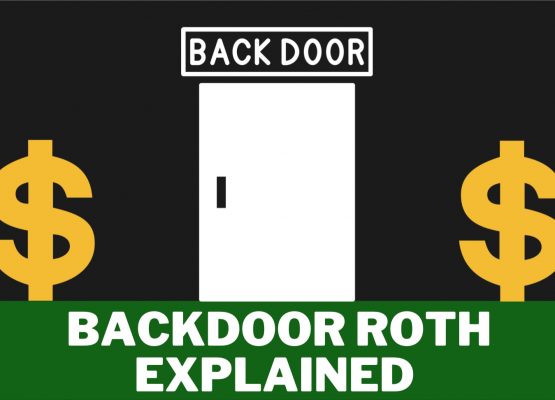
The Backdoor Roth: How to Contribute to a Roth IRA with a High Annual Income
When it comes to retirement savings, you’re presented with a variety of options, each with its own unique set of advantages and disadvantages. Among them is the Roth Individual Retirement Account (IRA), a powerful tool that offers tax-free growth and tax-free withdrawals in retirement. However, the benefits of a Roth IRA are not accessible to […]
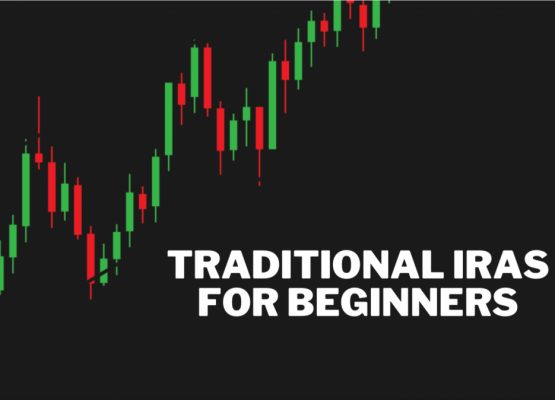
Navigating the World of Traditional IRA Investing: A Beginner’s Guide for 2024
Planning for your future financial security is a critical step, and investing in a Traditional Individual Retirement Account (IRA) can be an excellent way to build wealth over the long run. This article will provide you with a comprehensive guide on Traditional IRA investing for beginners, including understanding how to open an account, the contribution […]
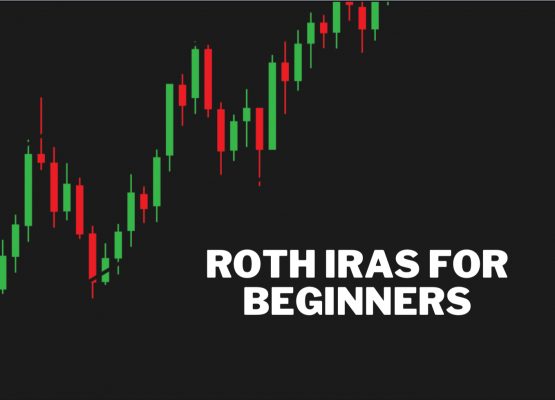
Roth IRA Investing for Beginners: A Comprehensive Guide for 2024
A standout choice for many investors, primarily due to its tax advantages, is the Roth Individual Retirement Account (IRA). In this article, we will be discussing the Roth IRA, outlining its importance in the investment world, how to open one, the updated contribution limits for 2024, and other important considerations to keep in mind when […]
